Unveiling the Kawasaki Ninja 400 Top Speed: A Thrilling Ride!
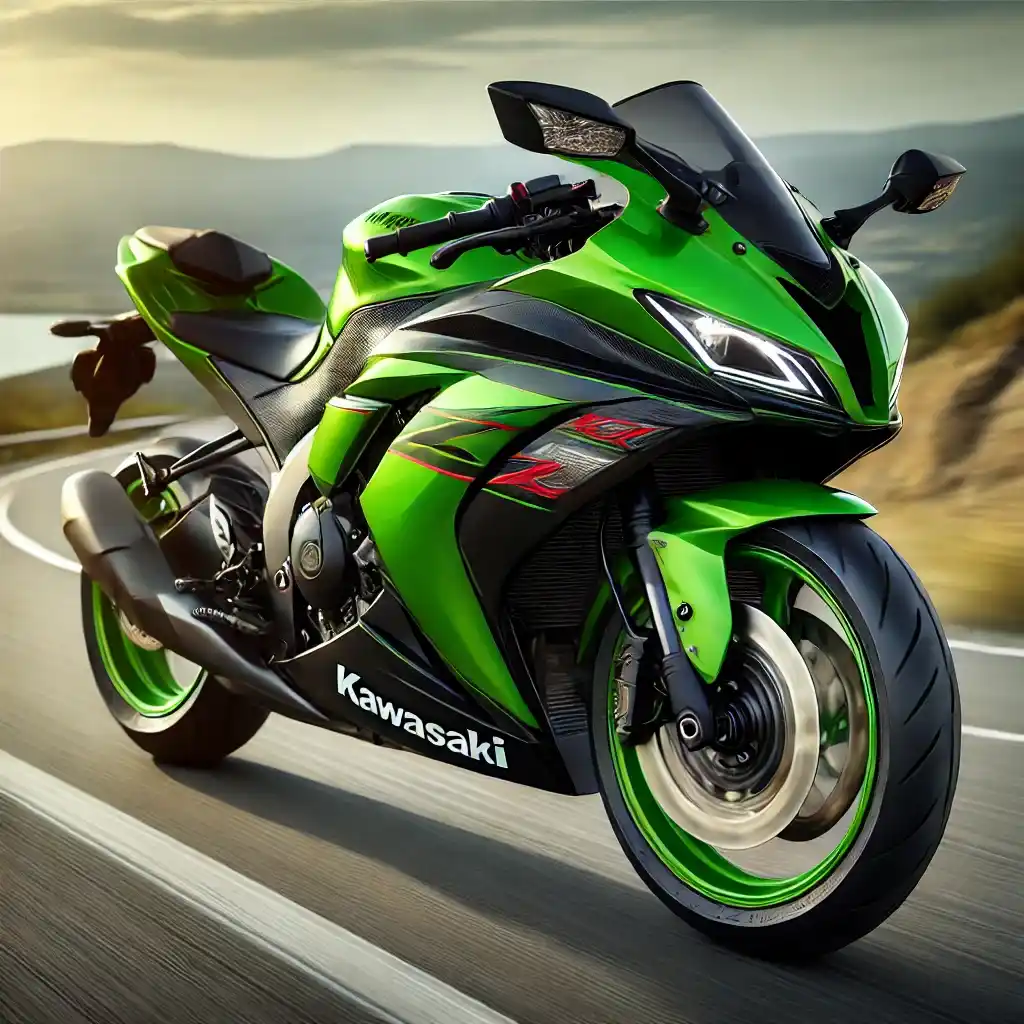
When Kawasaki first introduced the Ninja 400 in 2018, it was a game-changer for riders who craved performance and reliability. This model replaced the already popular and capable Ninja 300, which itself had been the replacement for the iconic Ninja 250.
The introduction of the Ninja 400 wasn’t just an upgrade; it felt like Kawasaki’s response to the rising competition from Yamaha’s YZF-R3. Balancing power, agility, and sleek design, the Ninja 400 addressed several factors that made it stand out in its class. From its striking design to its thrilling ride, it instantly became a favorite for both beginners and experienced riders alike, blending legacy with modern engineering in a way that redefined expectations.
To check its speed in real time, you can use the live speedometer by Xpeedo for accurate and dynamic results.
Key Points:
- Ninja 400 top speed: Achieves an impressive 116.7 mph under ideal conditions.
- Acceleration: Accelerates from 0-60 mph in 4.15 seconds and 0-100 km/h in 4.35 seconds.
- Performance Enhancements: Modifications like a performance exhaust, aerodynamic screen, and removing mirrors can increase top speed to 124 mph.
- Race-Ready Speeds: With advanced bolt-ons, speeds of up to 130 mph have been recorded.
- Aerodynamics: Achieving maximum speed requires a jockey tuck and a smooth fifth gear redline stretch.
- Real-World Performance: Reaches 111 mph within 750 meters in just 20 seconds, offering thrilling yet practical capabilities.
Understanding Top Speed and Acceleration
The Kawasaki Ninja 400 delivers an impressive mix of performance and usability, boasting a reported top speed of 116.7 mph under ideal conditions. Its acceleration from 0-60 mph in 4.15 seconds highlights its smooth power delivery.
Designed for both entry-level riders and enthusiasts, this capable sportbike balances a step up from the Ninja 300 with agility that rivals bikes like the YZF-R7 and MT-07. Its wet weight of 169 kg complements its 50 horsepower engine, ensuring quick handling and sharp responsiveness, whether tackling long tarmac or enjoying spirited rides.
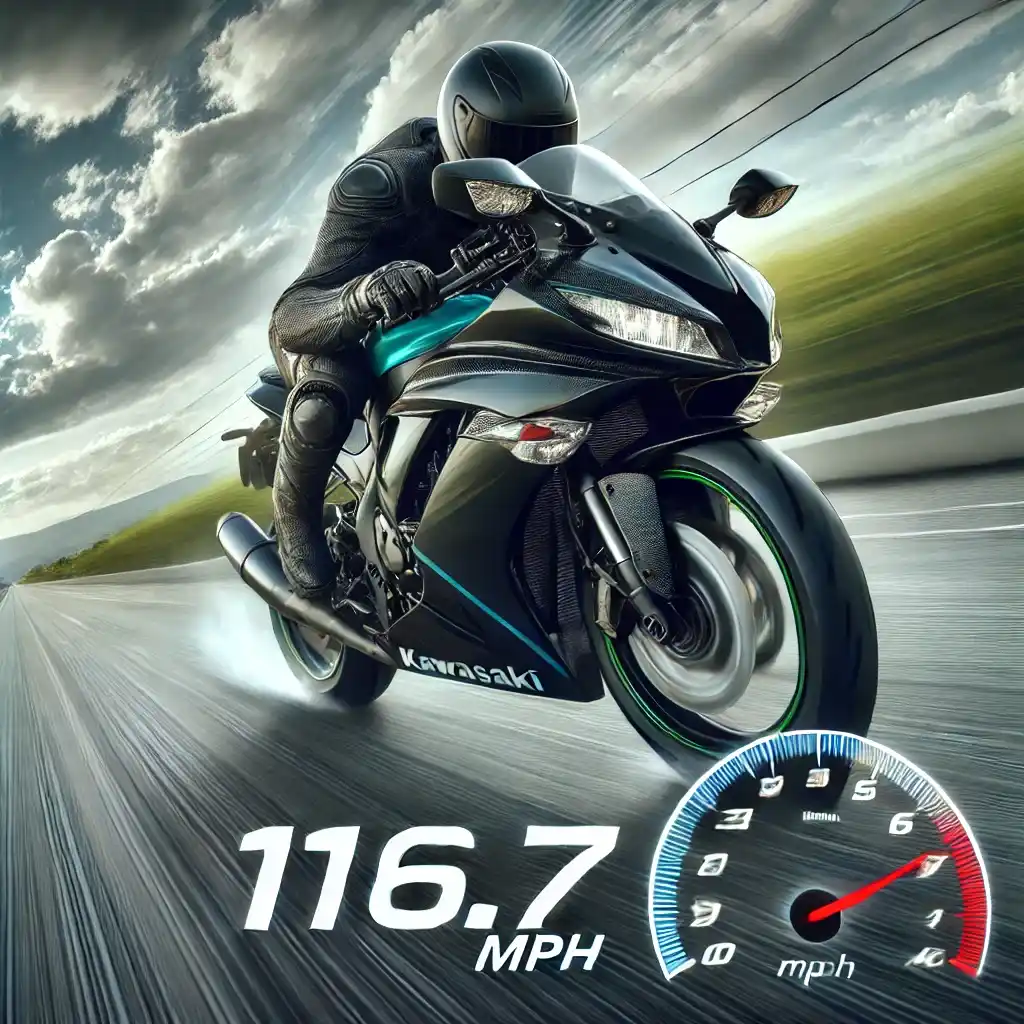
Top Speed Explained
Achieving its top speed of 116.7 mph demands a jockey tuck and near-perfect conditions. The Ninja 400 reaches 111 mph within 750 meters in just 20 seconds, but surpassing this requires a smooth redline stretch in fifth gear, as the bike struggles to pull 6th gear to the maximum. Some riders enhance terminal speed by removing mirrors, adding a performance screen, or opting for bolt-ons like an exhaust system and performance filter, pushing it closer to 124 mph. Race-ready modifications have even seen speeds hit 130 mph, a remarkable feat for a smaller capacity motorcycle.
Acceleration Dynamics
The Ninja 400 showcases an acceleration time of 0-100 km/h in 4.35 seconds, combining quick power with stability. From 60 mph to 100 mph, it takes just 7.75 seconds, significantly outperforming the Ninja 300, which lags at 12.80 seconds. Even at higher speeds like above 60 mph, the bike feels peppy and responsive, aided by its 6th gear and sharp throttle response. Its quarter mile time of 12.98 seconds at 102 mph underscores its efficient power delivery and the precision of its gear change.
Factors Influencing Top Speed and Acceleration
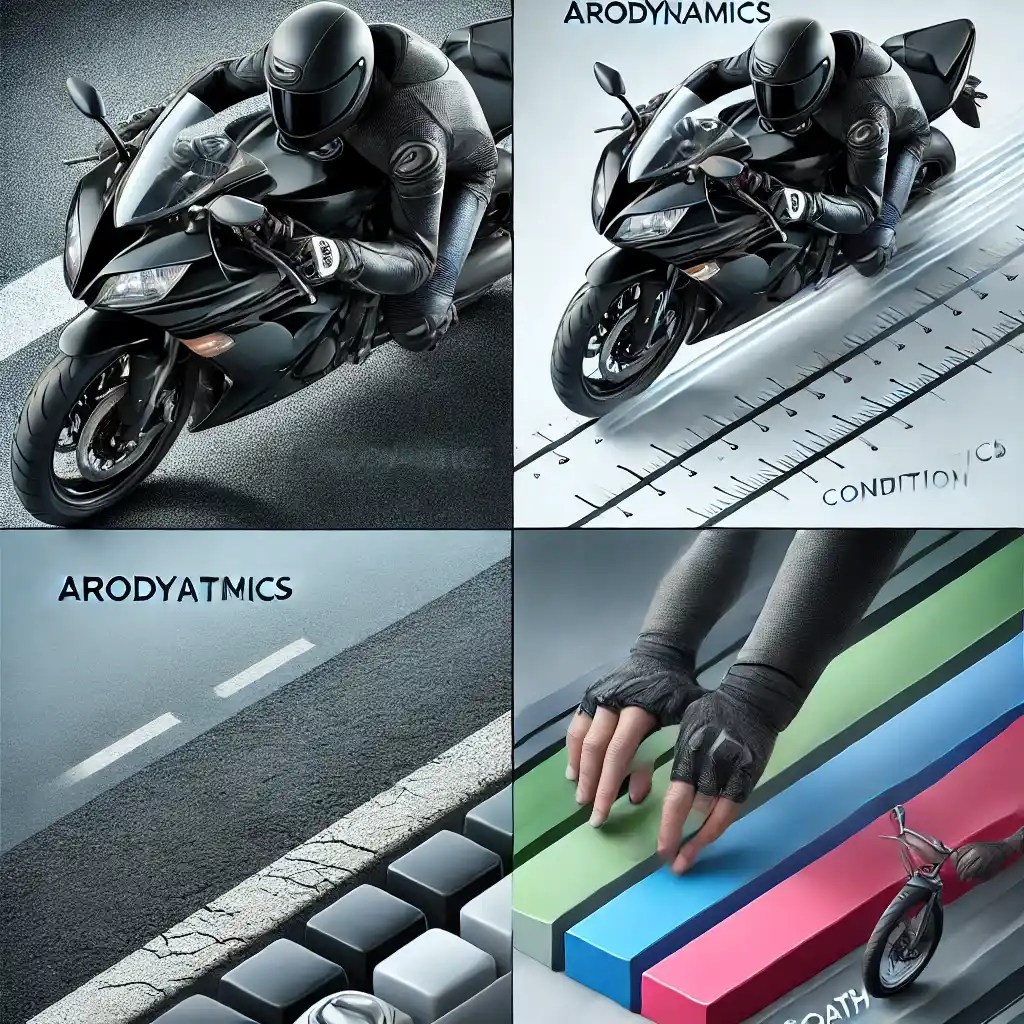
Rider Weight
- A rider weight under 65 kg optimizes elapsed times and terminal performance.
- Heavier riders (e.g., 10-20 kg more) experience slower speeds due to variables like headwind and drag.
Aerodynamics
- A proper jockey tuck and removal of mirrors reduce drag and improve speeds.
- The addition of a screen also enhances aerodynamics, especially at high speeds.
Road and Weather Conditions
- Smooth, dry roads and calm weather enable optimal performance.
- Unfavorable conditions like rain or wind significantly impact both acceleration and top speed.
Maintenance
- Routine servicing, high-quality fuelling, and clean filters boost engine health.
- Regular attention to modest power outputs prevents performance from relenting over time.
Techniques to Enhance Performance
The Kawasaki Ninja 400 offers incredible top speed and performance potential when paired with the right techniques and modifications. Upgrading to high-performance tires improves grip and stability, while aftermarket exhaust systems boost the engine output and reduce the bike’s weight. Adjusting the suspension for your rider weight ensures a more stable ride, especially when pushing towards 130mph or higher. Perfecting the launch with full throttle over a flat road helps achieve optimal acceleration in less than 20 seconds.
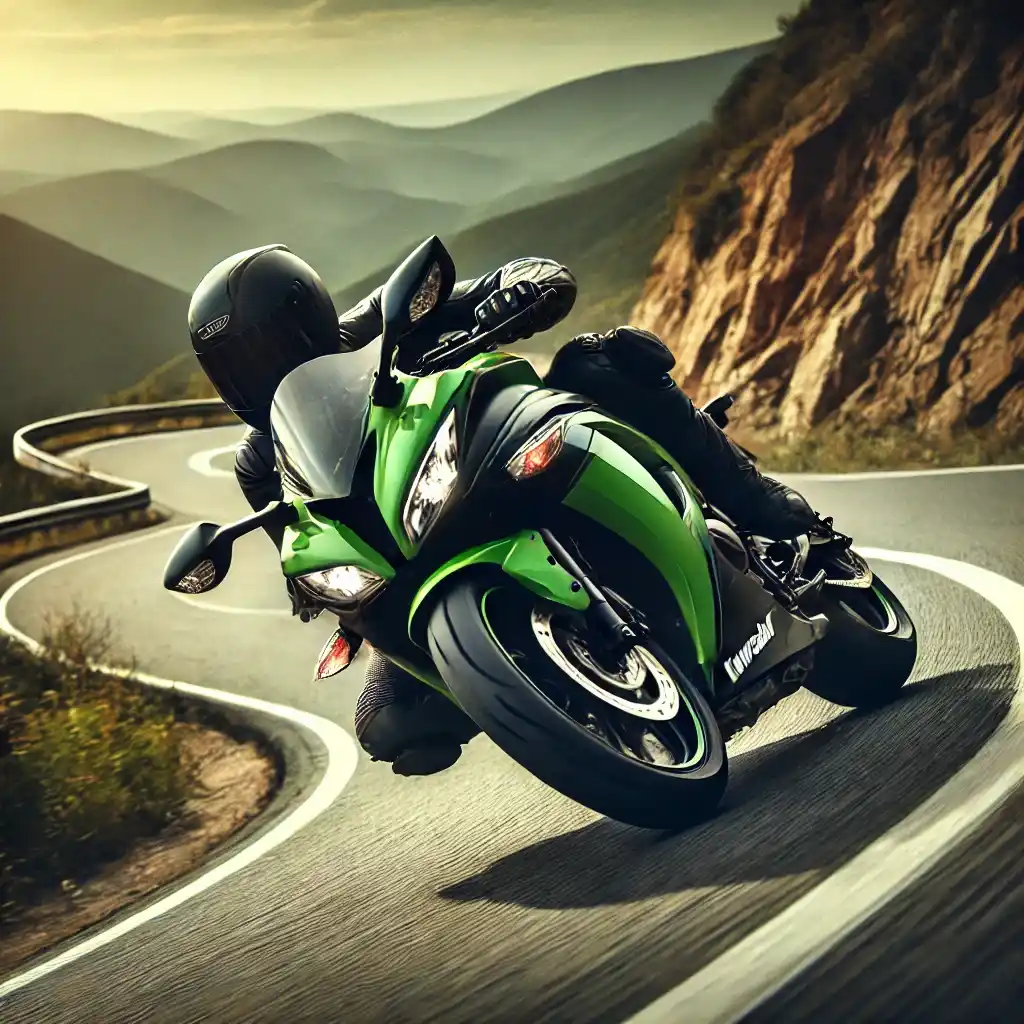
Riding Tips for Maximum Performance
- Perfecting the Launch: Start in lower gears with smooth throttle control for a precise takeoff.
- Gear Timing: Shift at the correct RPM range to maintain peak power output, especially when approaching 120 mph.
- Riding Position: Tuck in behind the windscreen to reduce drag and improve acceleration on a straight road.
- Conditions: Always ride under favorable conditions to avoid performance drop-offs.
Maintenance Tips to Maximize Speed and Longevity
Routine checks of the engine, chain, and braking system are crucial to keeping the bike in top condition. Keeping the throttle responsive and maintaining the redline effectively prevents wear and tear. Proper chain lubrication ensures smooth power transfer for consistent performance. Inspecting the speedometer, adjusting gearing, and using a flash tuner also help unlock the bike’s maximum capabilities.
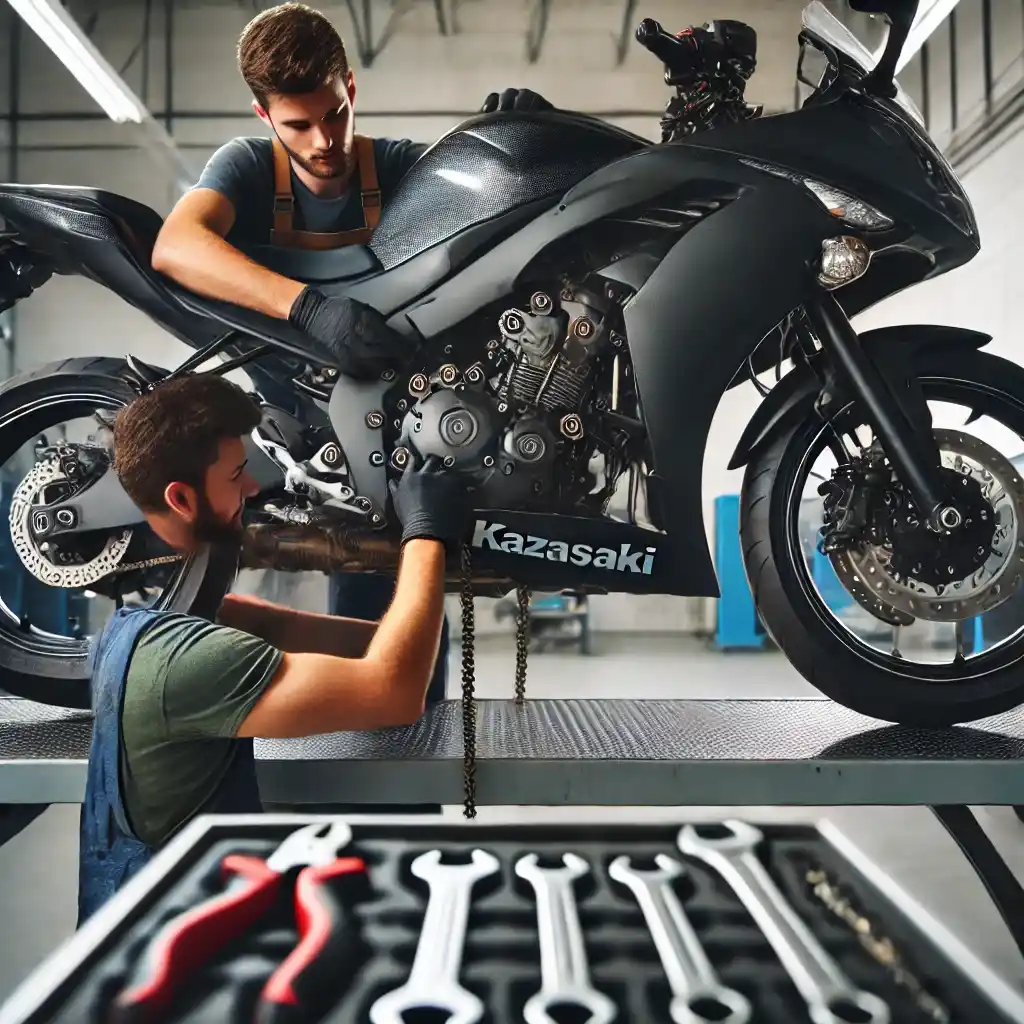
Kawasaki Ninja 400: Comparing with Rivals
- Competes directly with YZF-R7, Honda CBR650R, and restricted CBR500R.
- Its displacement disadvantage against larger rivals like the Ninja 650 or ZX-4RR is offset by its lighter wet weight and nimble handling.
- As an exceptionally good learner motorcycle, it’s economical, offers cheap motorcycle insurance, and appeals to experienced riders.
- Excels in straight-line performance and punches above its weight in the diverse class of entry-level sport motorcycles.

Superior Performance: Ninja 400 vs Ninja 300
The Kawasaki Ninja 400 is a standout upgrade over the Ninja 300, offering a more powerful and effective ride for both beginners and experienced riders. With its 399 cc larger engine, it provides a big bike feel while staying nimble like a little bike. The capacity hike of 105 cc, along with a capacity boost that delivers 49 hp and 28 lb/ft of torque, makes it a top choice for those seeking superior engine performance.
Derived from the Ninja 300’s design, the Ninja 400 is a response to competitors like the YZF-R3 offering powerful alternatives, making it a practical yet thrilling option. This capacity jump ensures the Ninja 400 overtakes its predecessor with its claimed power and straight-line speed, all while adhering to motorcycle learner laws.
What truly sets the Ninja 400 apart is its ability to balance tractable power and practicality. Its design is influencing a new class of sport bikes with its primarily focused upgrade in performance and handling. With an increase in size to a class-leading 399 cc, it easily accommodates newer riders while still offering the thrill and agility to challenge seasoned riders.
Fans of the Ninja lineup appreciate how this significant improvement caters to those looking for a faster, more powerful option without sacrificing the approachable feel of a big-bore version. Kawasaki has ensured this bike remains effective across various riding conditions, giving it an undeniable edge over its competitors.

Kawasaki Ninja 400 Dyno Curve
The dyno curve of the Kawasaki Ninja 400 shows impressive consistency, making it a reliable choice for riders seeking both power and agility. At 12,000 rpm, the bike produces 44 horsepower at the rear wheel, a figure that aligns closely with the manufacturer’s claims of 49 hp at the crank. This minimal loss highlights Kawasaki’s engineering precision in reducing transmission losses, heat, and friction within the chain-driven motorcycle.
When compared to competitors like the Honda CBR500R and the KTM RC 390, the Ninja 400’s parallel twin engine delivers a refined balance of power and performance, even with its smaller engine capacity. At 10,500 rpm, the bike reaches peak rear wheel horsepower, showing how efficiently the engine translates power to the tyre despite inevitable transmission losses. By 8000 rpm, it already provides a smooth surge of power, making it ideal for both city rides and highway runs.
Whether you’re banging through gears or cruising comfortably, the Ninja 400 offers an enjoyable riding effort that outshines many of its class competitors. Kawasaki’s attention to detail ensures a high-performing machine that remains one of the best in the lightweight sportbike category.

Ninja 400’s Impressive In-Gear Acceleration
With a flexible engine and impressive torque, the Ninja 400 delivers consistent power across a wide RPM range. Unlike the Ninja 300, it doesn’t depend entirely on the right gear, reducing the need for constant gear changing while keeping up with faster motorcycles and even larger motorcycles.
Generating strong torque from as low as 3000 rpm and offering ample drive at 6000 rpm, it handles corners and straightaways effortlessly. Its ability to reach peak power at 12,000 rpm ensures incredible acceleration, whether you’re speeding past others or carefully slowing for tighter turns. The bike’s capability to hold on to gears longer makes it perfect for long rides with friends, proving effective against top competitors like the YZF-R3, and it truly punches above its weight class.
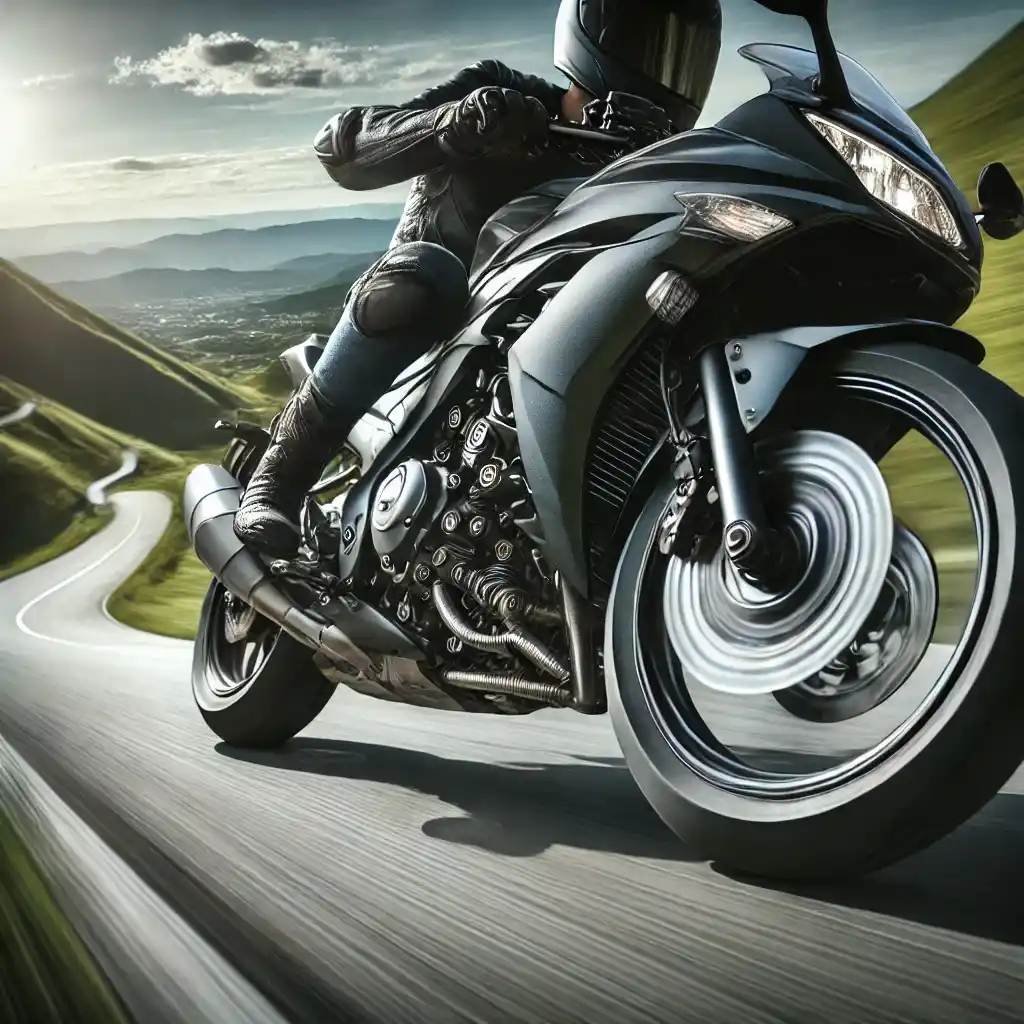
Ninja 400’s Gear Speeds and Real-World Performance at 5000 RPM
Designed to balance everyday usability with exceptional performance, the Ninja 400 excels in real-world situations thanks to its efficient engine size and low gear ratios. Even as a small engine in the sub 500 cc category, it avoids the typical buzzy behavior of single-cylinder engines. During highway cruising at 70 mph, it runs smoothly at 6600 rpm, contrasting with the more frantic Ninja 300 at 7600 rpm or the Yamaha YZF-R6 at 6400 rpm.
The flexibility of the sixth gear ensures easy overtaking, even in a headwind or on an incline, while the engine delivers a meatier delivery and a less frantic engine feel. This refined experience and the ability to compete with larger-capacity motorcycles reinforce its status as a true performer with big bike characteristics, supported by impressive numbers and responsive delivery.
| Gear | Speed at 5000 RPM |
| 1st Gear | 18.8 mph |
| 2nd Gear | 26.8 mph |
| 3rd Gear | 34.1 mph |
| 4th Gear | 41.4 mph |
| 5th Gear | 47.8 mph |
| 6th Gear | 53.2 mph |
Overall Review of Kawasaki Ninja 400
The Ninja 400 is a top-tier A2 licence bike of Kawasaki with 44bhp, weighing just 169kg. Launched on 14 March 2024, it features a facelifted design, improved torque, and ZX-10R-inspired looks, making it both exciting and ultra-reliable. With an 8kg weight saving, a 200-mile tank range, and a top speed of 119mph, it’s ideal for commuters and offers a big-bike character. Experts like Michael Neeves and Martin Fitz-Gibbons rate it 4 out of 5, noting its step up from the Ninja 300.
Ride Quality & Brakes
The Ninja 400 excels with its H2-esque steel trellis frame, shorter wheelbase, and longer swingarm for stability. The 785mm seat height, 30mm narrower profile, and lighter wheels make it nimble, while Dunlop GPR300 tyres ensure grip through sharp corners. Its 310mm petal brake disc, twin piston front brake caliper, and 41mm forks provide consistent stopping power. Combined with weight-saving measures, the ride is stable and confidence-inspiring.
Engine
Powered by a 399cc 8v liquid-cooled parallel twin, the engine delivers 44bhp, a 40% torque increase, and smooth shifts with a slip and assist clutch. The bike’s precise gearbox and spirited throttle response allow speeds up to 100mph, supported by 19.9lb-ft of torque. Testers like Martin Fitz-Gibbons highlight the strong acceleration and responsive design of its modified airbox and intakes.
Reliability & Build Quality
The Ninja 400 is built to last, with Kawasaki’s premium models influencing its fit and finish and overall durability. Owners report no major concerns, with positive reviews praising its service history, reliable brakes, and excellent built quality.
Equipment
The Ninja 400 combines practicality with style, offering:
- LCD clocks for easy monitoring.
- A rear seat cover, tank pad, and Akrapovic exhaust for aesthetics.
- ABS as standard and optional tall screen and taller seat option.
- Tank bag and 12v socket for added utility.
- The sporty KRT Race replica livery for a bold look.
This setup ensures the Ninja 400 remains functional and stylish for a variety of riders.
Safety Tips for High-Speed Riding
- Wear appropriate gear, ensuring a helmet and gloves are properly fitted.
- Perform a pre-ride inspection of the bike’s 6th gear, limiter, and mods.
- Avoid adverse weather like rain or strong winds, as they can affect control at 125+ mph.
- On straight roads, ensure mph stability by avoiding sudden changes in throttle or brakes.
Conclusion
Kawasaki’s Ninja 400 redefines the sportbike category with its perfect balance of power, agility, and reliability. Offering a top speed of 116.7 mph and smooth acceleration from 0-60 mph in 4.15 seconds, it appeals to both entry-level riders and seasoned enthusiasts.
With a 44bhp engine, 169kg weight, and big-bike character, it competes effectively with rivals like the YZF-R7 and Honda CBR500R, while remaining approachable. Its thoughtful design, including ABS, aerodynamic features, and comfort-focused options, ensures versatility for daily commutes or spirited rides. As a standout in its class, the Ninja 400 delivers exceptional value and performance across various riding conditions.
